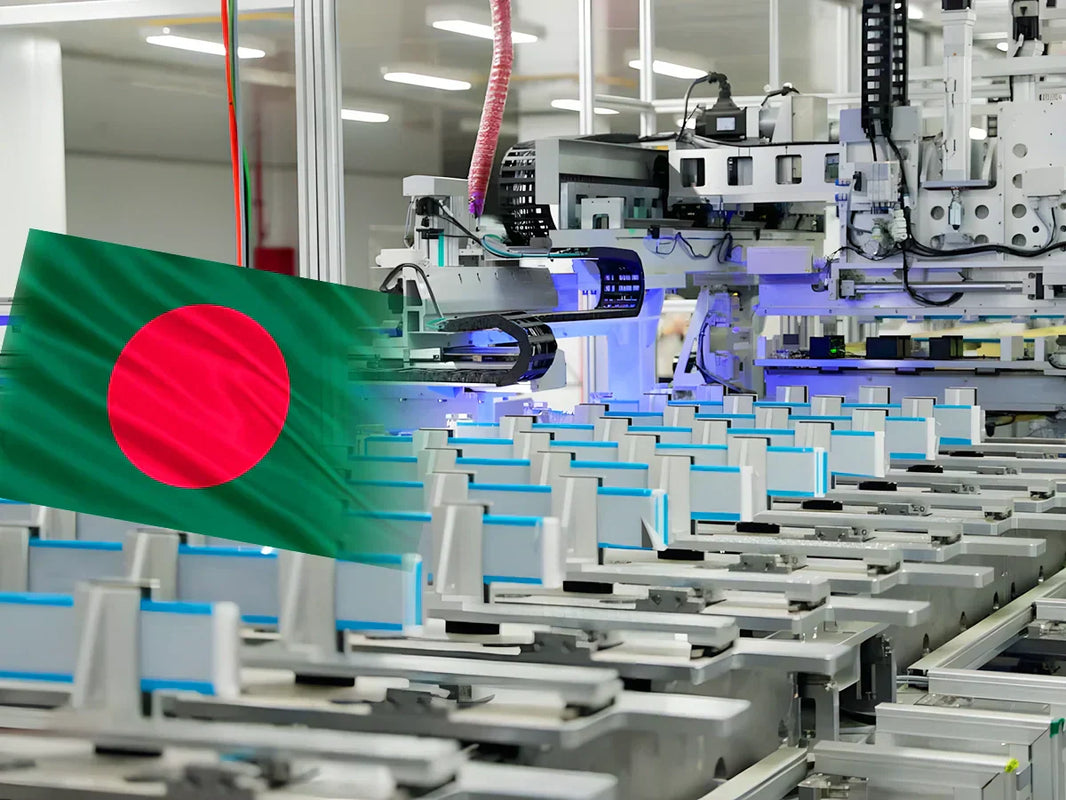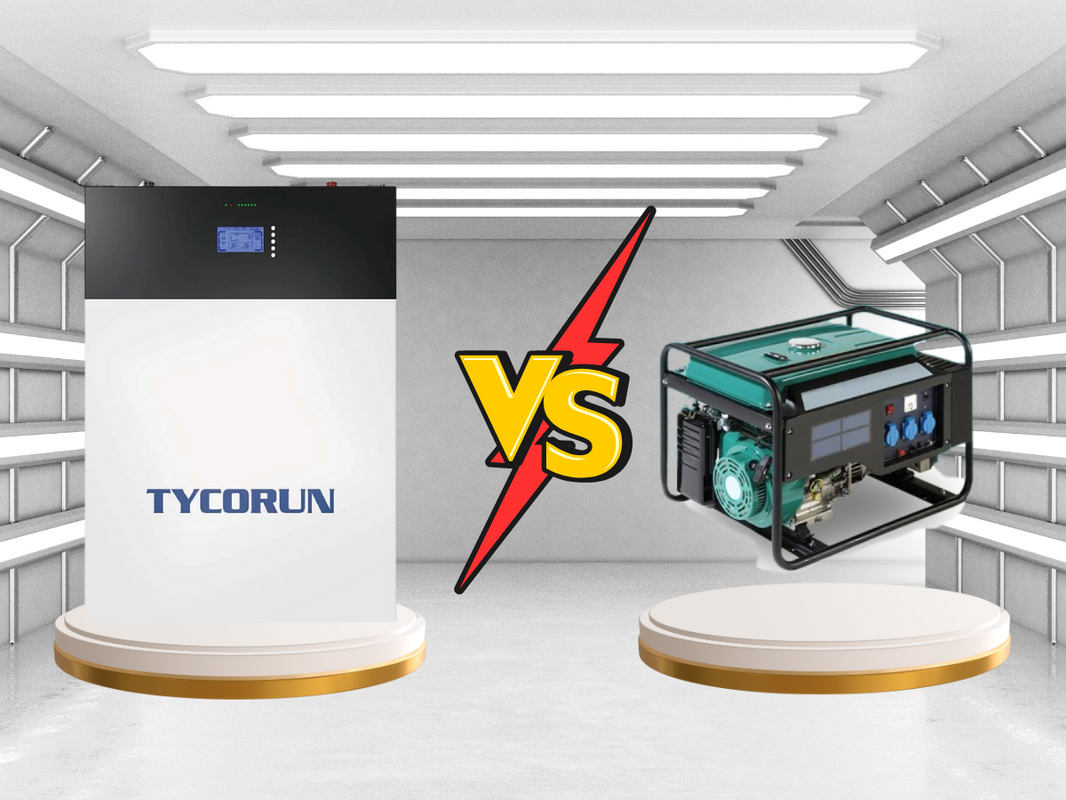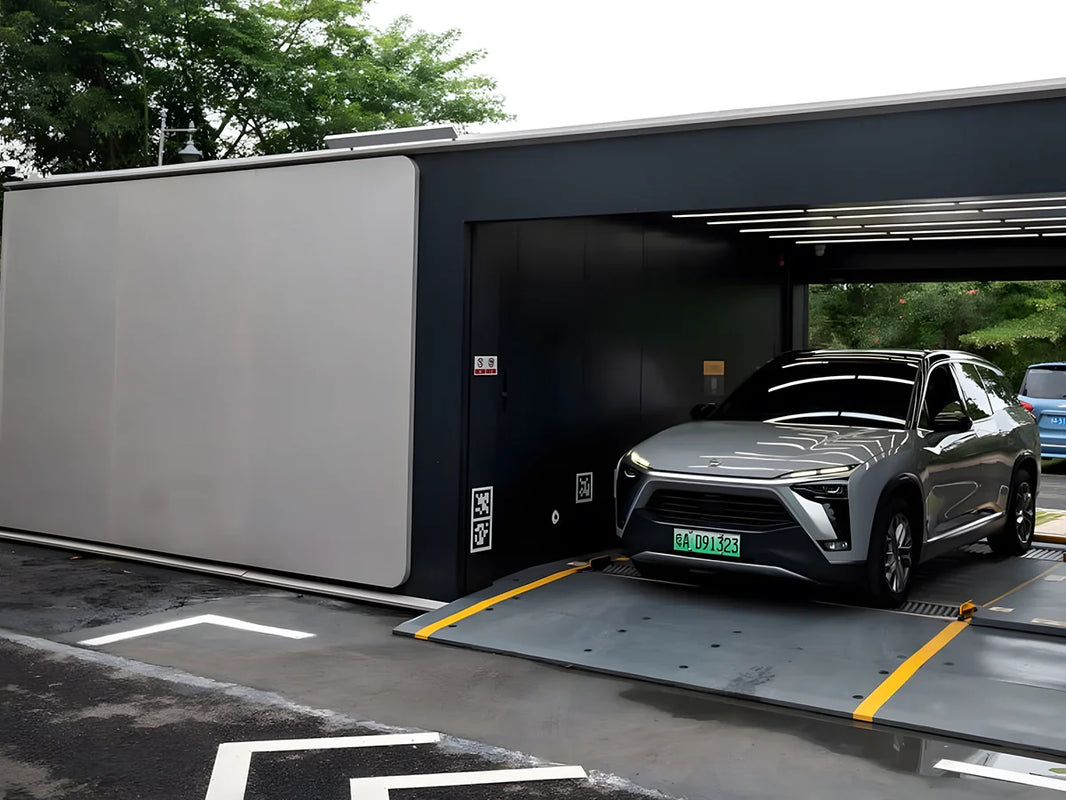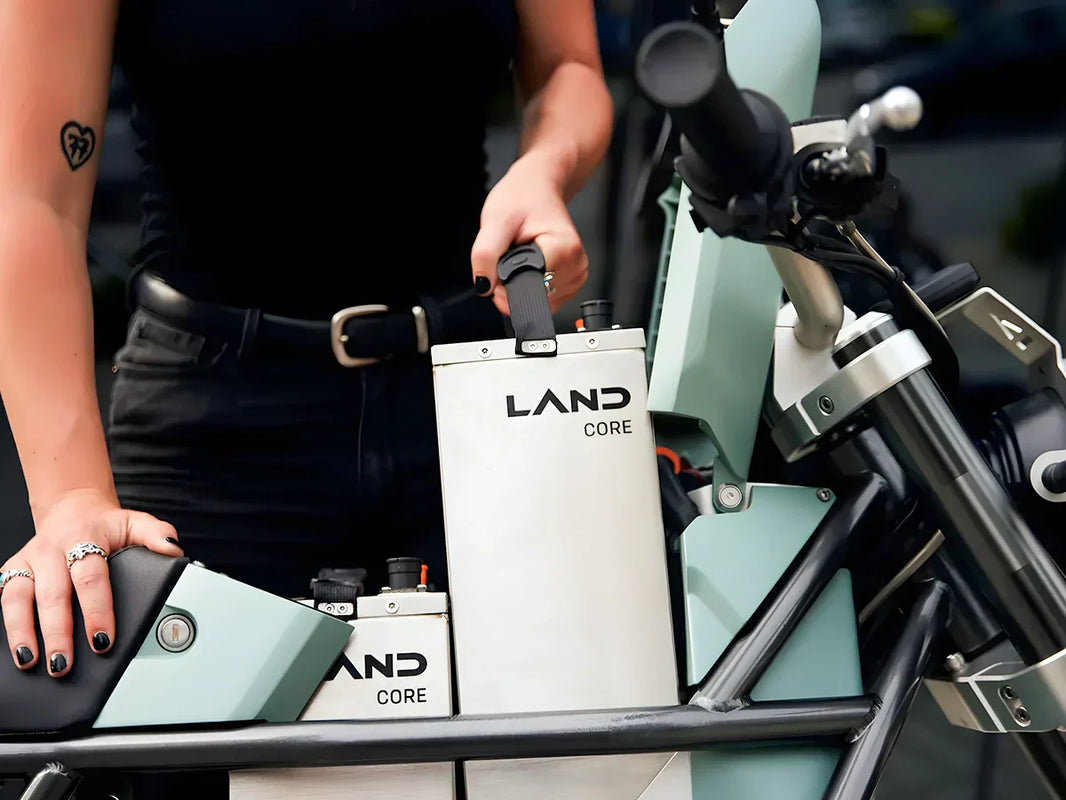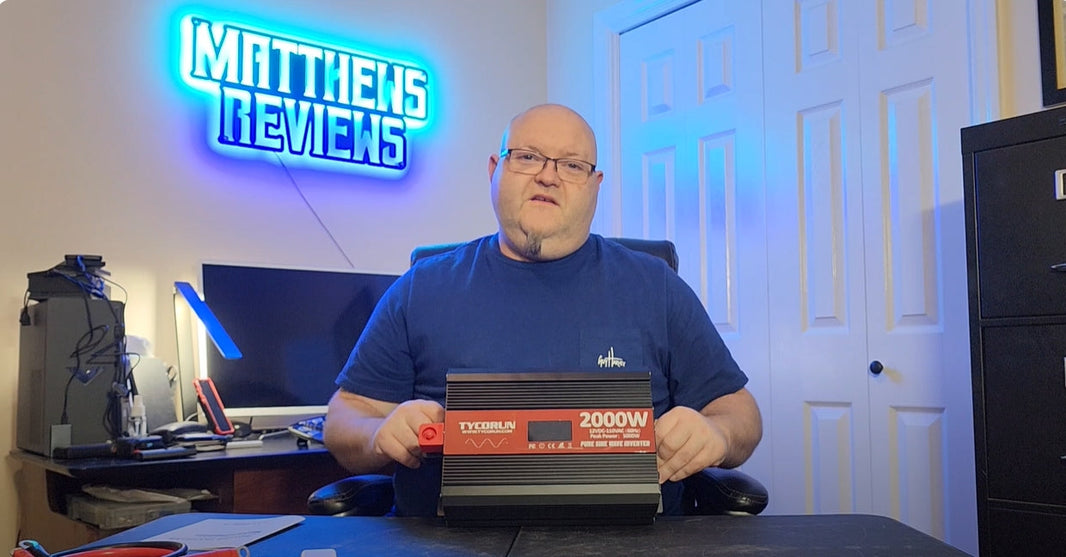
Since Armand et al. first observed the electrical conductivity of polymers more than 30 years ago, it has been believed that the electrical conductivity of polymer electrolytes only exists in the amorphous phase above the glass transition temperature T. In 2001, Bruce and others in the United Kingdom published a report on Nature and found that in the static ordered environment of the crystalline phase (PEO)6: LiXF6 (X=P, As, Sb), the ionic conductivity of the composite system can even be higher than the conductivity of the same amorphous phase material above the glass transition temperature. They further pointed out that the ion transport in the crystalline polymer electrolyte is controlled by the movement of cations, and both anions and cations can move in the amorphous phase. Limiting the movement of cations is beneficial to the application of batteries. Ordering can promote the transport of ions in the polymer, and crystallinity helps the transport of electrons. Subsequently, the conductivity was increased by 1.5 orders of magnitude by replacing a small amount of XF6-anion with the same valence N(CFaSO2)2- in the crystal structure. The explanation for this phenomenon is that the larger and irregularly shaped anions destroy the electric potential around the lithium ions and enhance the ion conductivity, which is somewhat similar to the situation of the AgBr1+xIx ion conductor. Undoubtedly, looking for crystalline ion-conducting polymer materials by doping to improve the conductivity of crystalline polymer electrolytes is an advancement in people's understanding of the conductive mechanism of polymer electrolytes.
Polymer lithium battery refers to a lithium battery in which at least one of the positive electrode, negative electrode and electrolyte is made of polymer. Commercial polymer lithium-ion batteries have no flowable liquid substance in the electrolyte or the electrolyte is confined in the pores of the porous polymer membrane. There is no excess electrolyte in the battery, and there is no battery leakage problem. In order to reduce battery thickness and improve battery safety, polymer lithium-ion batteries are usually packaged with aluminum-plastic film with a thickness of only about 0.1mm, instead of using the metal shell packaging used for liquid batteries. Therefore, polymer lithium-ion batteries have a higher weight-specific capacity than lithium-ion batteries that use ordinary liquid electrolytes.
Porous polymer electrolyte is a kind of polymer "electrolyte" newly developed in recent years. The report on porous polymer electrolyte was first proposed by Dasupta in 1995. In 1996, Bellcore Laboratory in the United States first successfully developed a practical polymer lithium-ion battery. They used an elastic-treated electrolyte separator made of a copolymer of PVdF and HFP in a plastic lithium-ion battery. This electrolyte uses porous and flexible polymer [such as polyvinylidene fluoride (PVdF)] as a carrier, and absorbs a large amount of liquid electrolyte in the micropores of the polymer body. The electrolyte used is 1mol/L EC/DMC/LPF6 or 1mol/L EC/DEC/LiPF6, etc. The porous polymer has both the electronic insulation performance of the diaphragm material in the liquid electrolyte and the space isolation effect on the positive and negative electrodes, but compared with the ordinary diaphragm, it has the function of storing the electrolyte. Since the conductive material is a liquid electrolyte, this electrolyte better solves the problem of low conductivity of the polymer electrolyte and also solves the problem of leakage of the liquid electrolyte. Relevant literature calls this microporous polymer + liquid electrolyte system a polymer electrolyte, and some even call it a kind of gel polymer electrolyte. However, this electrolyte is essentially different from the various polymer electrolytes introduced in the previous sections. First, at the microscopic level, there is a phase separation between the polymer body of the electrolyte and the electrolyte. This is completely different from the formation of a uniform amorphous phase by the salt, polymer and plasticizer (solvent) in the gel polymer electrolyte. Second, in the doza polymer electrolyte, the transport of ions follows the conduction mechanism of the liquid electrolyte rather than the conduction mechanism of the polymer electrolyte (free volume model). The movement of ions is short-range, and the polymer body has nothing to do with the transport of ions. Third, there is a kind of physical adsorption rather than chemical adsorption between the polymer and the electrolyte. The polymer only provides storage sites and necessary carrier migration channels for the liquid electrolyte. The movement of ions is along the interconnected channels formed by the polymer micropores and cannot penetrate the polymer body. Therefore, from an electrochemical point of view, this electrolyte should be classified as a liquid electrolyte, not a polymer electrolyte in the true sense. At present, most of the reports are about the preparation of porous polymer electrolytes, the interaction between the solvent or electrolyte and the polymer (swelling and adsorption). It may be that these problems have been extensively and deeply studied in liquid electrolytes, solid polymer electrolytes and gel polymer electrolytes. But considering some traditional methods and there are indeed some interactions between the porous polymer and the liquid electrolyte, we still put this electrolyte in the polymer electrolyte for introduction. In order to avoid conceptual confusion, we call this polymer electrolyte a porous polymer electrolyte, while gel polymer electrolyte still refers to a polymer electrolyte in which the polymer, solvent (plasticizer) and lithium salt constitute a homogeneous phase.

Porous nanocomposite gel polymer electrolyte
The development of various types of gel electrolyte membranes that are macroscopically stable and have an ionic conductivity comparable to that of organic liquid electrolytes makes gel polymer membrane electrolytes of practical significance as a new type of lithium ion polymer battery separator. Japan's Mitsubishi Battery Company was the first to announce the completion of large-scale thin-film polymer battery production equipment. Several other Japanese companies including Sony Energy Technology and Toshiba have also announced similar actions. Recently, the U.S. Ultralife Battery Company has also begun to sell polymer lithium-ion batteries.
According to the information released, their batteries use graphite anode materials and Li1-xMn2-xO4 cathode materials, and also did not disclose the composition of the polymer electrolyte used.
The preparation of porous polymer electrolyte membrane generally involves two steps. First, the polymer (such as PVdF) powder is soaked in the mixed solvent to swell and the solvent is fixed in the polymer to obtain a uniform slurry. Heat the slurry to about 100°C, spray it on a preheated (100°C) aluminum plate and store it in a sealed container to completely dissolve the polymer. It was then slowly cooled to room temperature to completely gel the mixture. This process generally takes 24h. Thus, a transparent precursor film with uniform thickness and stable mechanical properties is obtained. The second step is to soak the precursor film in a proper swelling electrolyte solution [for example, 1mol/L LiPF6EC/PC (1:1)] to activate it. In this process, the lithium salt diffuses in the gel film, thereby obtaining a polymer film-gel polymer electrolyte saturated with liquid electrolyte.

Schematic illustration of the method for preparing the porous PES-PVP composite membrane
The composite electrolyte membrane is usually prepared by dissolving the polymer body together with the non-aqueous lithium salt electrolyte in the low boiling point solvent THF, acetonitrile, etc., and then casting a viscous solution containing the boiling point solvent of the polymer bulk material and the liquid electrolyte into the membrane. The film made in this way is usually sticky and has poor mechanical properties. When subjected to physical or chemical high-energy radiation, the film hardens. Due to the presence of water-sensitive lithium salts, the membrane must be produced in a completely anhydrous environment, which increases the cost of membrane production. The rechargeable lithium-ion plastic battery does not use ordinary gel electrolytes, but choose PVdF-HFP copolymers containing amorphous domains that can absorb a large amount of liquid electrolyte and crystalline phase regions that can provide sufficient mechanical integrity, eliminating the need for cross-linking steps.
This system can be described as a non-uniform, phase-separated, plasticized polymer electrolyte membrane. There are at least four phases in the activated electrolyte. They are semi-crystalline polymers with relatively low crystallinity (20%~30%) without swelling, amorphous parts plasticized by the electrolyte solution, and large-volume nanometers. Pores and nanoparticle fillers filled/coated with electrolyte solution in the interface regions of silicon oxide, aluminum oxide, and titanium oxide, and inorganic fillers. Some low-boiling solvents such as diethyl ether have been successfully used to extract dibutyl phthalate (DBP) from polymer electrolyte membranes, leaving a porous membrane structure in the polymer membrane. This porous membrane is filled with liquid electrolyte during the subsequent activation of the battery.
The re-swelling ability of the extracted and "dried" PVdF-HFP/DBP when immersed in an organic electrolyte solution is crucial for its application in lithium-ion batteries. The more liquid electrolyte is bound, the higher the ionic conductivity of the polymer membrane. Although the efficiency is high, the microporous memory effect is not 100% in the process of extracting DBP. Therefore, the liquid electrolyte absorbed in the activation stage is slightly lower than the original volume of DBP, and the ionic conductivity of the electrolyte membrane is only 0.2×10-3S/cm. In order to improve the ability to absorb liquid electrolytes, some inorganic fillers such as fused silica are usually added to the polymer body. Electrolytes with superior mechanical properties have been prepared, which still contain up to 60% liquid electrolyte and polymer membranes with an ionic conductivity of 3×10-3S/cm up to 100°C.
Someone has studied the electrolyte membrane composed of PVdF, EC, PC and LiX[X=CF3SO3, PF6 or N(CF3SO2)2] and found that the conductivity of the electrolyte is significantly affected by the viscosity of the medium and the concentration of carriers, and these factors are directly affected by the mass ratio of PVdF/(EC+PC) and the type and concentration of lithium salt. The room temperature conductivity of some electrolytes with LiN(CF3SO2)2 as the lithium salt reaches 2.2×10-3S/cm. Research on the cyclic voltammetry curve of electrolytes containing LiN(CF3SO2)2 shows that the anode stability of the electrolyte is 4.0V for aluminum, 4.2v for nickel, and 4.5v for stainless steel, while their cathode stability reaches 0V. The stability of the interface between PVdF-EC/PC sulfonate polymer electrolyte and metal lithium shows that lithium batteries using these electrolytes can have a good storage life at room temperature. However, the low lithium cycle efficiency obtained from the cyclic voltammetry curve indicates that the PVdF-HFP electrolyte may be more suitable for use in primary lithium batteries rather than secondary lithium batteries.

A composite electrolyte composed of polyethylene glycol diacrylate (PEGDA), PVdF, PMMA and non-woven fabric was prepared by the UV cross-linking method. Due to the use of non-woven fabric as the mechanical support medium, the composite electrolyte still has good integrity (no leakage) until the liquid absorption of the electrolyte (the electrolyte is the EC-DMC-EMC-LiPF6 system) reaches 1000%. At about 18°C, the ionic conductivity of the composite electrolyte reaches 4.5×10-3S/cm, and the electrochemical window reaches 4.8V (relative to Li/Li+). Even at a high temperature of 80°C, the conductivity and interface impedance of the composite electrolyte are relatively stable. SEM shows that the structural stability of the electrolyte at high temperature is due to the cross-linking of the chains between PVdF, PMMA and PEGDA networks. After 100 cycles of MCMB/LiCoO2 batteries using this electrolyte at a rate of 0.5C (150mA), the capacity retention rate is still greater than 97%. In the case of 2C rate and 3.6V average load, the discharge capacity is 80% of the total capacity. Due to its better liquid electrolyte retention capacity, the battery has a longer cycle life at high temperatures than the composite electrolyte coated with PVdF.
The polymer electrolyte (GPE) LiPF6-EC/DEC based on PVdF microporous membrane has a room temperature ionic conductivity of more than 10-3S/cm and a mechanical tensile strength of 9.81MPa (102kgf/cm2). The reversible capacity of the half-cell Li/GPE/MCMB assembled with this polymer electrolyte can reach 306mA·h/g. When the current density is 1.0mA/cm2 (equivalent to 0.5C discharge rate), after 100 cycles, the capacity retention rate reaches 79%.
The copolymer P (MMA-AN-MALi) is synthesized by solution polymerization, the copolymer is mixed with PVdF, and the porous membrane is prepared by solution coating. This process does not require a solvent removal step. The molar ratio of MMA:AN:MALi in this mixture is about 68.6:21.5:9.9, and the surface of the polymer film has micropores with a size of 5 μm uniformly distributed. Based on this mixture, a new type of gel electrolyte was prepared by immersing the polymer membrane in an organic liquid electrolyte. The room temperature conductivity of the polymer electrolyte is 2.5×10-3S/cm. The electrochemical stability window measured by the stainless steel working electrode and the metal lithium reference electrode is 4.5V, and the Li/GPE/Li non-blocking battery is used to determine the salt diffusion coefficient in the polymer electrolyte to be 8.12×10-7cm2/s. Gel polymer electrolyte prepared on the basis of a mixture of poly(methyl methacrylate-acrylonitrile-lithium methyl acrylate) (PMAML) and poly(vinylidene fluoride hexafluoropropylene) (PVDF HFP) has a room temperature conductivity of 2.6×10-3S/cm and an electrochemical window of 4.6V in a polymer electrolyte containing (mass fraction) of 1mol/L LiBF4.
Dahn et al. studied the mechanical and electrical properties of polyvinylidene fluoride-tetrafluoroethylene-propylene (PVDf-TFE-P) and PVDf-TFE-P composites filled with carbon black, as well as the electrolyte adsorption properties of carbon black and its effect on improving conductivity. This high-elastic binder system may have some unique effects in battery systems where the electrode material needs to undergo huge volume changes during the charge-discharge cycle (for example, tin or silicon-based materials are used as the negative electrode). The film sample was immersed in a liquid solvent (EC: DEC, 1:2) to measure its mechanical and electrical properties. The uncrosslinked PVDf-TFE-P has only 140% liquid absorption and the volume has changed significantly. The polymer cross-linking can reduce the amount of solvent adsorption and improve the mechanical properties. Two cross-linking formulations based on biphenyl and triethylenetetramine (TE-TA). Compared with the biphenyl cross-linking formula, the film made with this TETA-based cross-linking formula has a higher degree of cross-linking and better mechanical properties. Even under the stress that the cyclic deformation reaches 100%, the TETA-crosslinked composite has very good mechanical and electrical reversibility. The cyclic performance of the amorphous Si0.64Sn0.36 electrode shows that the use of this highly elastic binder can significantly improve the electrode capacity retention.



